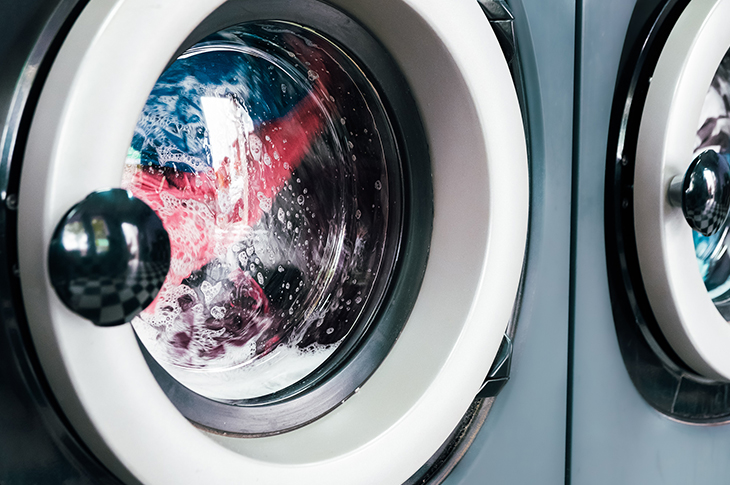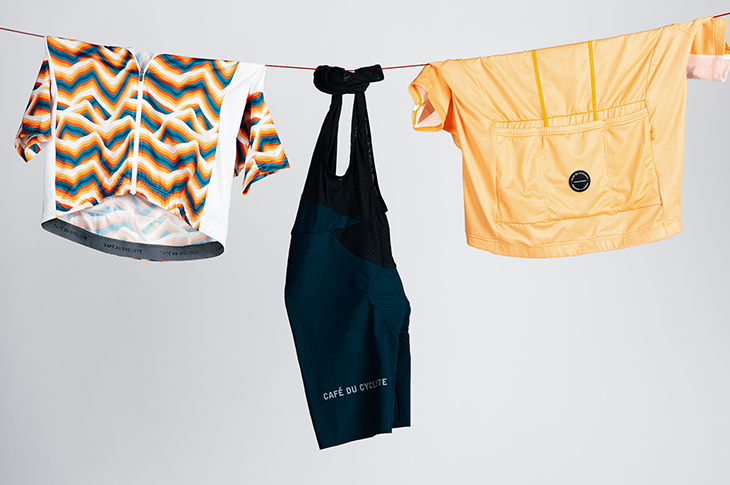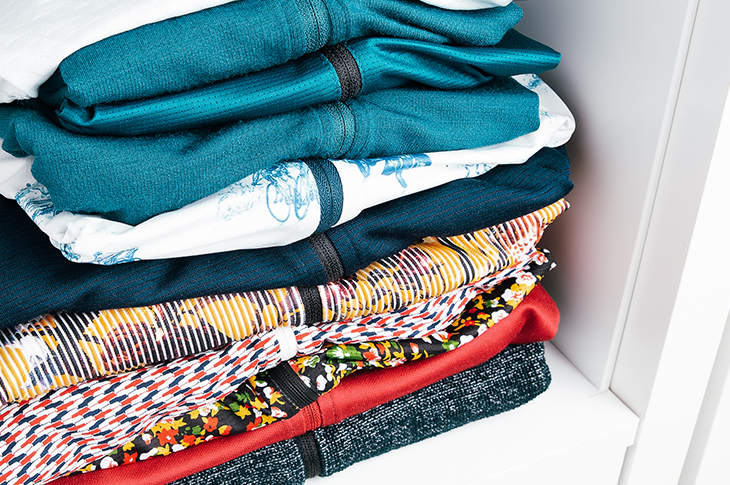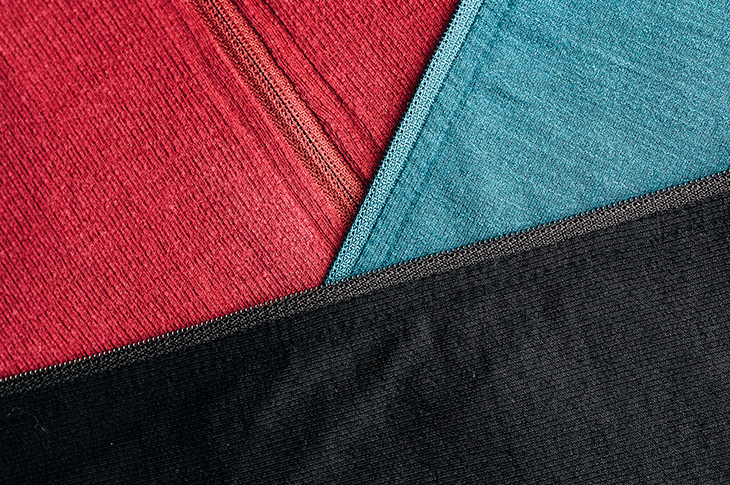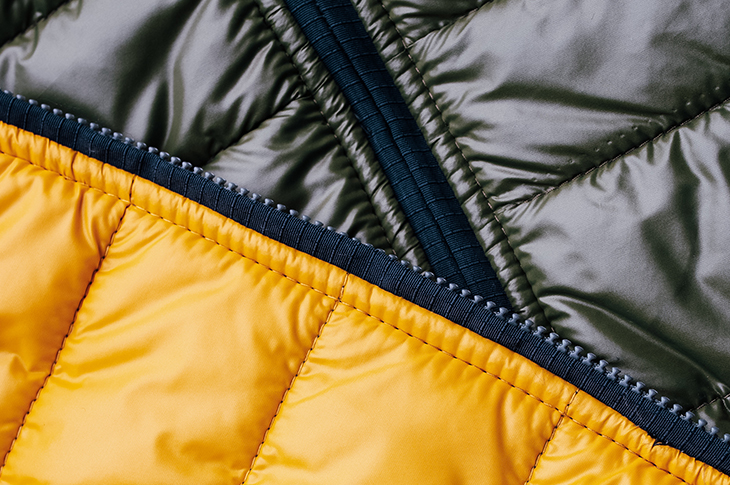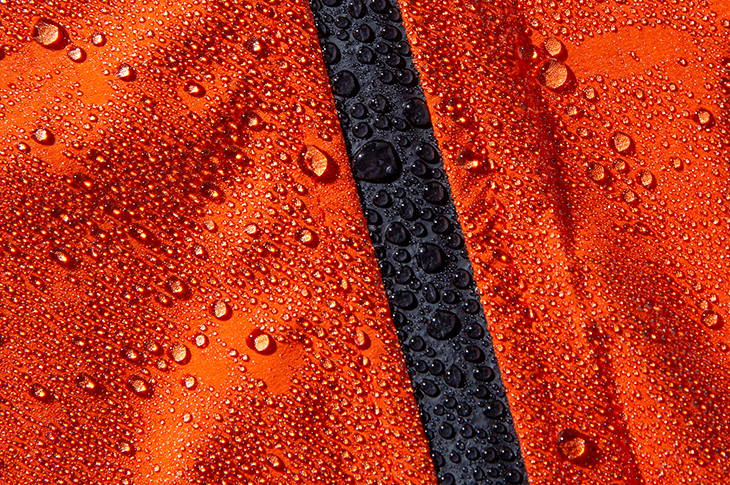Product Care
Quality, Not Quantity.
Café du Cycliste create products for cycling and outdoor adventures. Every product is made to improve your experience and look after you. From bib shorts to backpacks, swimwear to socks – we use the finest materials and manufacturers to build clothing and accessories that last.
Purchasing from Café du Cycliste should be seen as an investment. And if you take care of your products, your products will take care of you. As a company looking to reduce environmental impact and improve the longevity of everything we make, we’ve created a guide to help you get the most from your Café du Cycliste apparel.
Firstly, Always Read the Label…
The symbols on the product’s care label should give you an indication of how to treat your product, such as the maximum heat to wash the product at and whether it is suited to machine or hand wash. Please see our icon guide below.
If you’re unclear, please contact us at service-clients@cafeducycliste.com.


